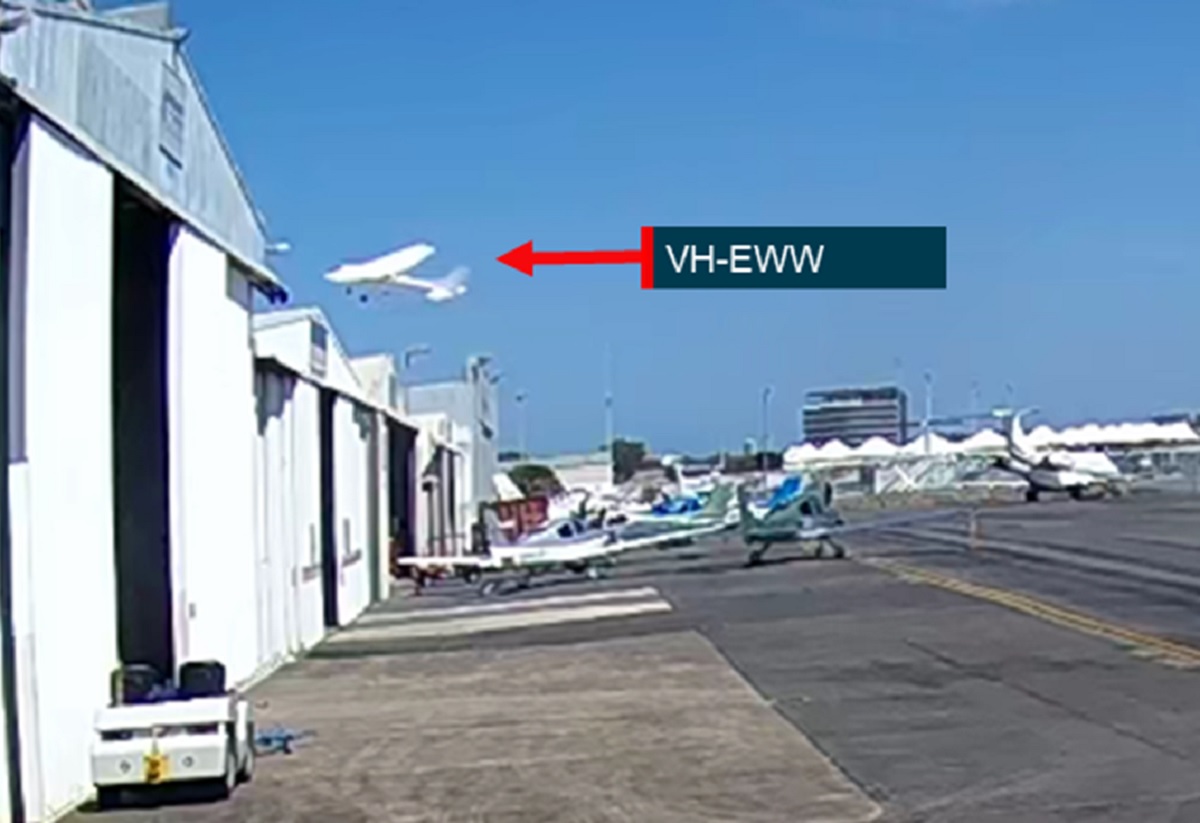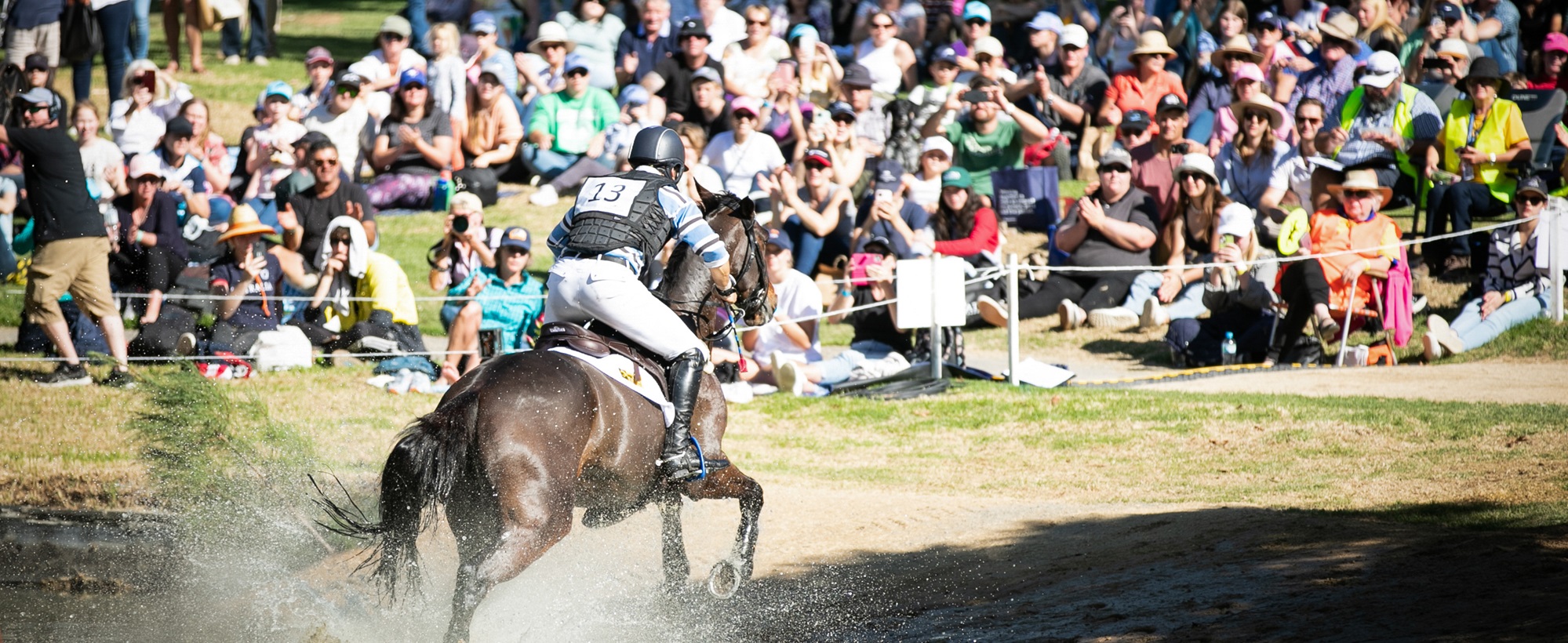An exotic quantum state known as a “chiral Majorana fermion” is predicted in devices wherein a superconductor is affixed on top of a quantum anomalous Hall (QAH) insulator (left panel). Experiments performed at Penn State and the University of Würzburg in Germany show that the millimeter-size superconductor strip used in the proposed device geometry creates an electrical short, preventing the detection of chiral Majoranas (right panel).
Image: Cui-Zu Chang, Penn State
A 2017 report of the discovery of a particular kind of Majorana fermion – the chiral Majorana fermion, referred to as the “angel particle” – is likely a false alarm, according to new research. Majorana fermions are enigmatic particles that act as their own antiparticle and were first hypothesized to exist in 1937. They are of immense interest to physicists because their unique properties could allow them to be used in the construction of a topological quantum computer.
A team of physicists at Penn State and the University of Wurzburg in Germany led by Cui-Zu Chang, an assistant professor of physics at Penn State, studied over three dozen devices similar to the one used to produce the angel particle in the 2017 report. They found that the feature that was claimed to be the manifestation of the angel particle was unlikely to be induced by the existence of the angel particle. A paper describing the research appears on Jan. 3 in the journal Science.
“When the Italian physicist Ettore Majorana predicted the possibility of a new fundamental particle which is its own antiparticle, little could he have envisioned the long-lasting implications of his imaginative idea,” said Nitin Samarth, Downsbrough Department Head and professor of physics at Penn State. “Over 80 years after Majorana’s prediction, physicists continue to actively search for signatures of the still elusive ‘Majorana fermion’ in diverse corners of the universe.”
In one such effort, particle physicists are using underground observatories that seek to prove whether the ghost-like particle known as the neutrino – a subatomic particle that rarely interacts with matter – might be a Majorana fermion.
On a completely different front, condensed matter physicists are seeking to discover manifestations of Majorana physics in solid-state devices that combine exotic quantum materials with superconductors. In such devices, electrons are theorized to dress themselves as Majorana fermions by stitching together a fabric constructed from core aspects of quantum mechanics, relativistic physics, and topology. This analogous version of Majorana fermions has particularly captured the attention of condensed-matter physicists because it may provide a pathway for constructing a “topological quantum computer” whose qubits (quantum versions of binary 0s and 1s) are inherently protected from environmental decoherence – the loss of information that results when a quantum system is not perfectly isolated, and a major hurdle in the development of quantum computers.
“An important first step toward this distant dream of creating a topological quantum computer is to demonstrate definitive experimental evidence for the existence of Majorana fermions in condensed matter,” said Chang. “Over the past seven or so years, several experiments have claimed to show such evidence, but the interpretation of these experiments is still debated.”
The team studied devices fashioned from a quantum material known as a “quantum anomalous Hall insulator,” wherein the electrical current flows only at the edge. A recent study predicted that when the edge current is in clean contact with a superconductor, propagating chiral Majorana fermions are created and the electrical conductance of the device should be “half-quantized” – a value of e2/2h where “e” is the electron charge and “h” is Planck constant – when subject to a precise magnetic field. The Penn State-Wurzburg team studied over three dozen devices with several different materials configurations and found that devices with a clean superconducting contact always show the half-quantized value regardless of magnetic field conditions. This occurs because the superconductor acts like an electrical short and is thus not indicative of the presence of the Majorana fermion, said the researchers.
“The fact that two laboratories – at Penn State and at Wurzburg – found completely consistent results using a wide variety of device configurations casts serious doubt on the validity of the theoretically proposed experimental geometry and questions the 2017 claim of observing the angel particle,” said Moses Chan, Evan Pugh Professor Emeritus of Physics at Penn State.
“I remain optimistic that the combination of quantum anomalous Hall insulators and superconductivity is an attractive scheme for realizing chiral Majoranas,” said Morteza Kayyalha, a postdoctoral research associate at Penn State who carried out the device fabrication and measurements. “But our theorist colleagues need to rethink the device geometry.”
“This is an excellent illustration of how science should work,” said Samarth. “Extraordinary claims of discovery need to be carefully examined and reproduced. All of our postdocs and students worked really hard to make sure they carried out very rigorous tests of the past claims. We are also making sure that all of our data and methods are shared transparently with the community so that our results can be critically evaluated by interested colleagues.”
In addition to Chang, Samarth, Chan and Kayyalha, the research team includes Penn State faculty member Qi Li, and Wurzburg faculty members Laurens Molenkamp and Charles Gould. The project relied on materials synthesis carried out at Penn State’s 2D Crystal Consortium user facility for synthesis of 2D quantum materials and was funded by the U.S. National Science Foundation, the Office of Naval Research, the U.S. Department of Energy, the Army Research Office, and the European Research Council.








